M & M's World Cruise
Our ship docked in Safaga, on the west coast of the Red Sea, very early in the morning and we were off on a 3+ hour drive across the eastern Sahara to the Nile Valley. While it is full of useful things like oil, natural gas, granite, basalt, and quartz, what a desolate place that desert is, and we were on the smaller side of it. The fertile Nile Valley is another story. What a difference water makes. We saw lots of crops – wheat, sugar cane, rice, dates, tomatoes, and bananas, just to name a few. Farming is still done by hand here – lots of people and beasts of burden, but no large machinery. Because the Nile River flows north through eight other countries from its source before reaching Egypt, the Egyptians refer to the lower northern section of the Nile, up on the Mediterranean, as Lower Egypt because it is “down” the river, and to the southern higher section, down by Aswan, as “up”. Today we visited Luxor, located in Upper Egypt. Egypt is 70% Sunni Muslim and 30% Coptic or Orthodox Christian, with a
Mary Forman
53 chapters
Egypt
Safaga & LuxorEgypt
Our ship docked in Safaga, on the west coast of the Red Sea, very early in the morning and we were off on a 3+ hour drive across the eastern Sahara to the Nile Valley. While it is full of useful things like oil, natural gas, granite, basalt, and quartz, what a desolate place that desert is, and we were on the smaller side of it. The fertile Nile Valley is another story. What a difference water makes. We saw lots of crops – wheat, sugar cane, rice, dates, tomatoes, and bananas, just to name a few. Farming is still done by hand here – lots of people and beasts of burden, but no large machinery. Because the Nile River flows north through eight other countries from its source before reaching Egypt, the Egyptians refer to the lower northern section of the Nile, up on the Mediterranean, as Lower Egypt because it is “down” the river, and to the southern higher section, down by Aswan, as “up”. Today we visited Luxor, located in Upper Egypt. Egypt is 70% Sunni Muslim and 30% Coptic or Orthodox Christian, with a

smattering of a few others here and there. There are three distinct languages spoken. Arab is the national language; Nubian is the language of the Aswan area; and the Bedouins have their own language, similar to Swahili. English is taught in school. All of this information was provided by our fabulous guide, Gallal, a degreed Egyptologist. Egypt also has three calendars it follows: the international Jan-Dec one; the lunar or Arab one; and the Christian Coptic one. Whew. Today we visited two ancient sites: Karnak Temple located on the east bank of the Nile, and the Valley of the Kings, located on the west bank. Karnak is a temple that was used from the 20th century BCE to the 1st century BCE. Avenue of the Sphinxes (the main drag) is 2 km long and once held one thousand statues. The Sacred Pool could hold 5,000 priests at one time for some holy cleansing. The remaining structures are massive. Two of our favorites were the hieroglyphics (Mary & Mike begins with an owl) and the Scarab statue. The Egyptians revered the scarab because it appeared to die each night as it buried itself underground and then came back to life each morning when it emerged. Just to be on the safe side, we walked around it three times in a counterclockwise direction and made a wish. And then there were the dogs – all nicely
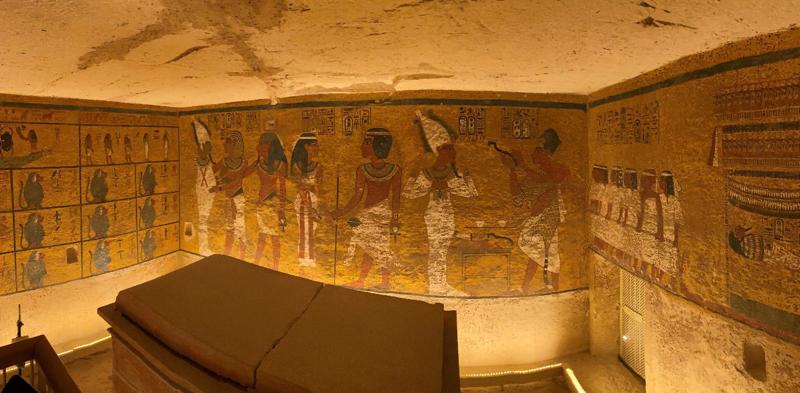
colored to blend in. After Karnak, we had a delicious lunch at a resort on the banks of the Nile River, and a pretty good Stella “Egyptian” beer. Then we were off to the Valley of the Kings to visit the tombs of Ramses IX, Ramses III, and Tut Ankh Amun, the boy king who died around age 19. Found intact by British archaeologist, Howard Carter, in 1922, the tomb and skeleton are incredibly well preserved. Ramses III was our favorite – he decorated his tomb with lots of snakes and appeared to enjoy smoking a lot of “stuff”, and the paint colors are still so vibrant. Ancient Egyptians believed in six elements – Name, Body, Soul, Ego, Heart (center of life), and Shadow, and that all are equal in death – although the kings spent a lifetime preparing their tombs, so maybe they were a little more equal than everyone else. After a quick stop to view the Colossi of Memnon & Amenhotep III Temple, we headed back on the 3+ hour drive to Safaga. It was fun to see all the people coming out to break their all-day Ramadan fast after sunset. Lots of smiles & waves were exchanged along the way.
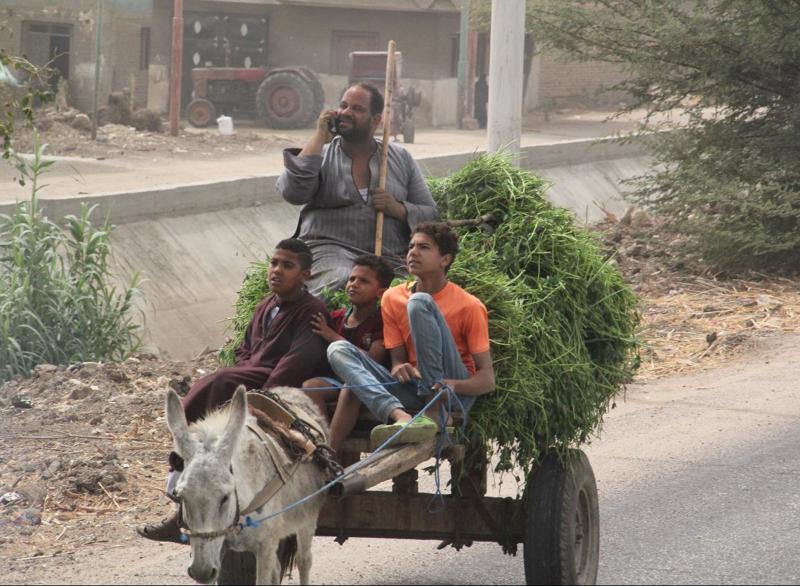
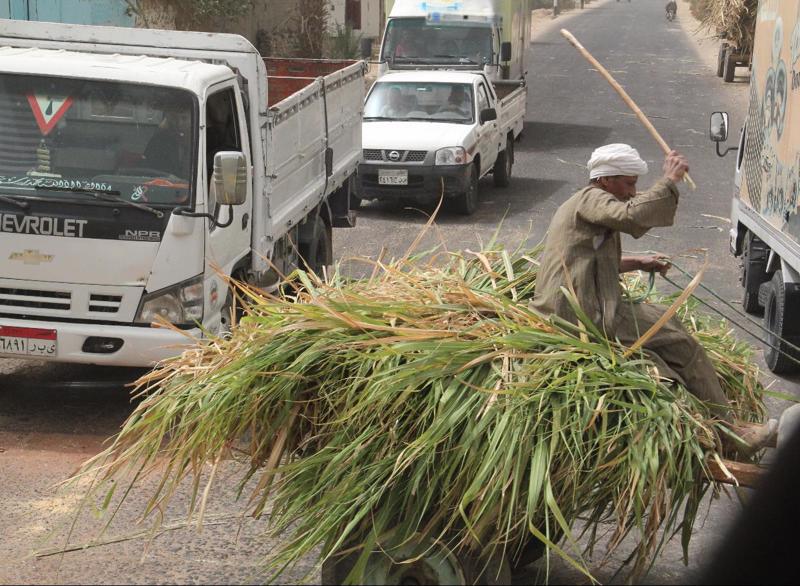
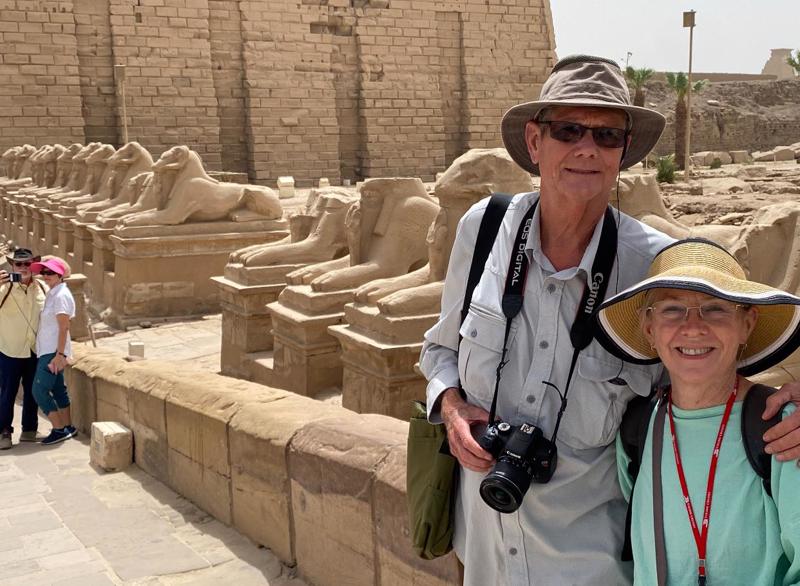
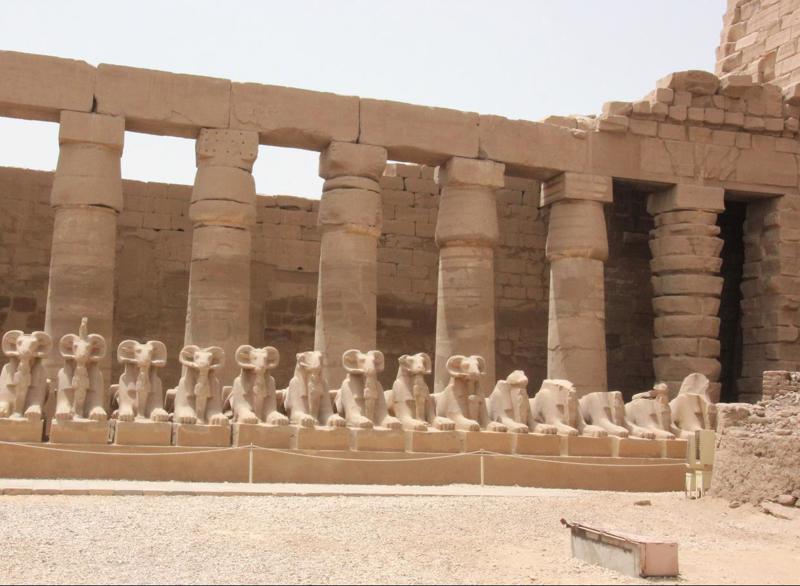
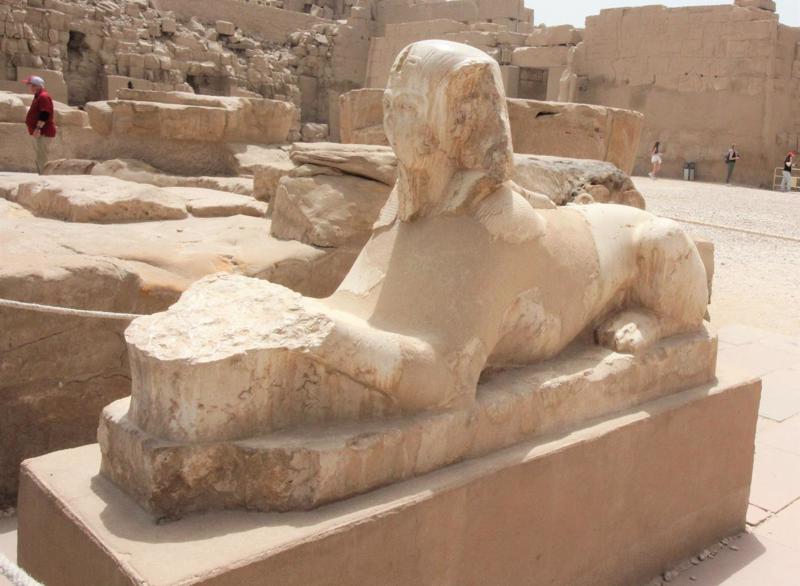

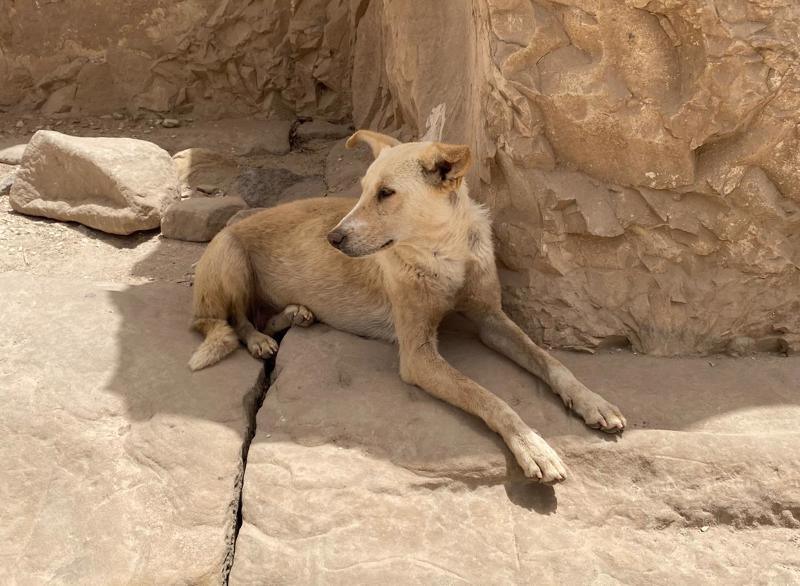
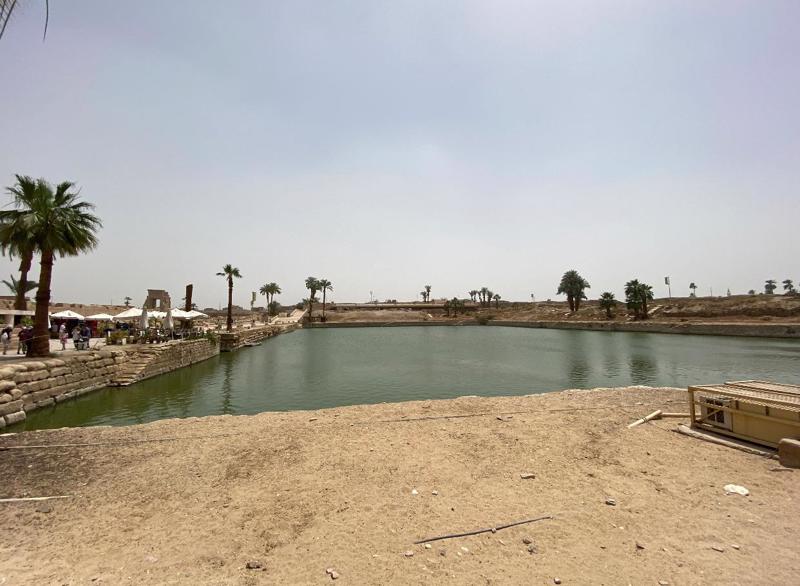
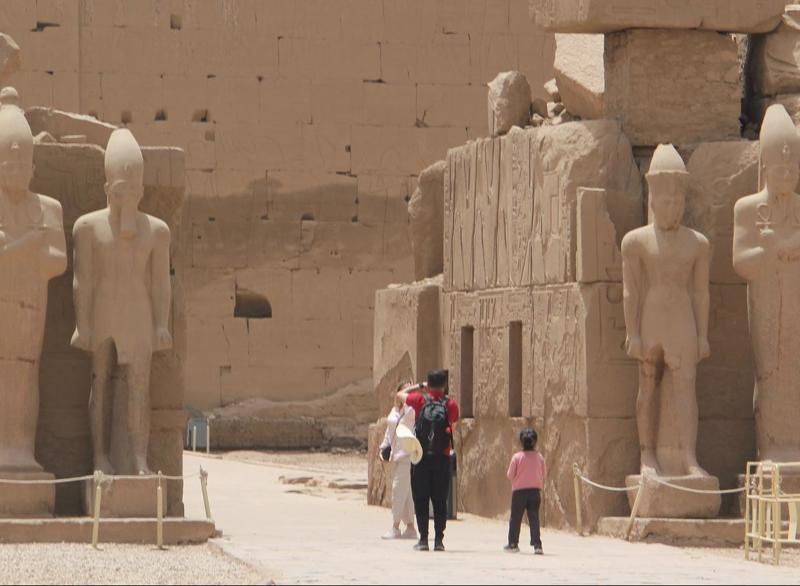
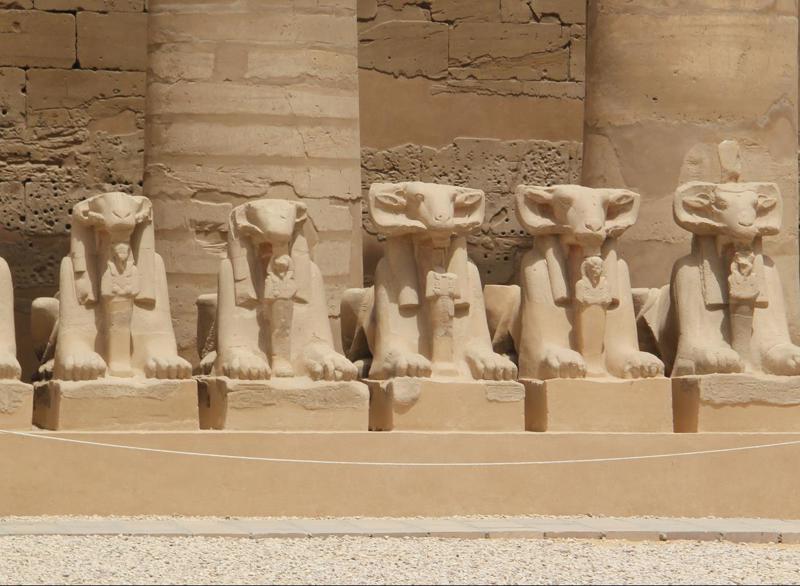
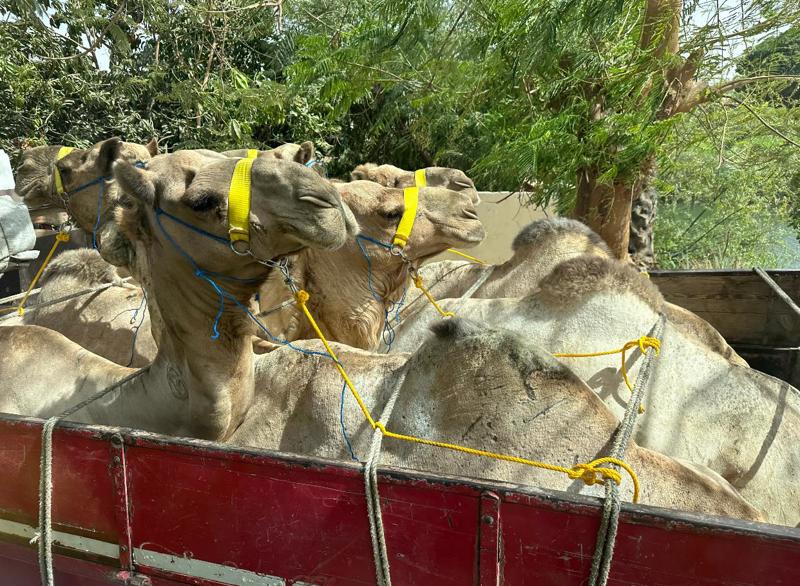
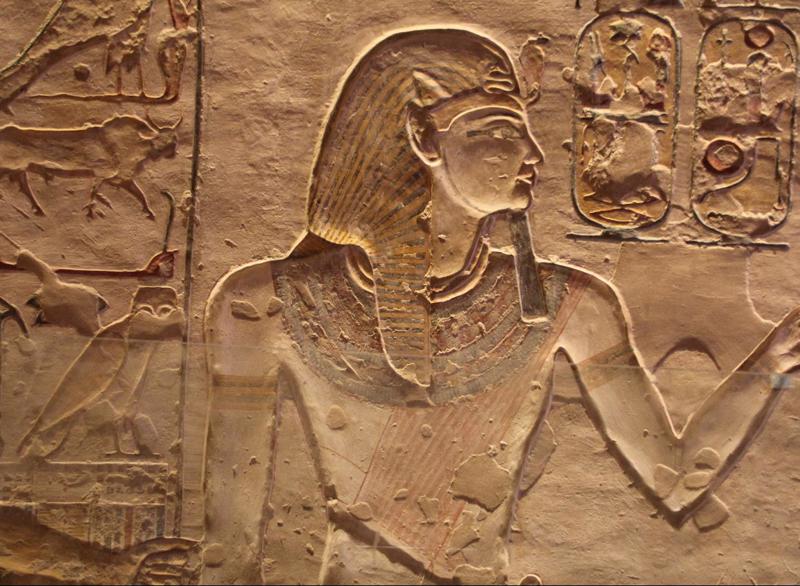
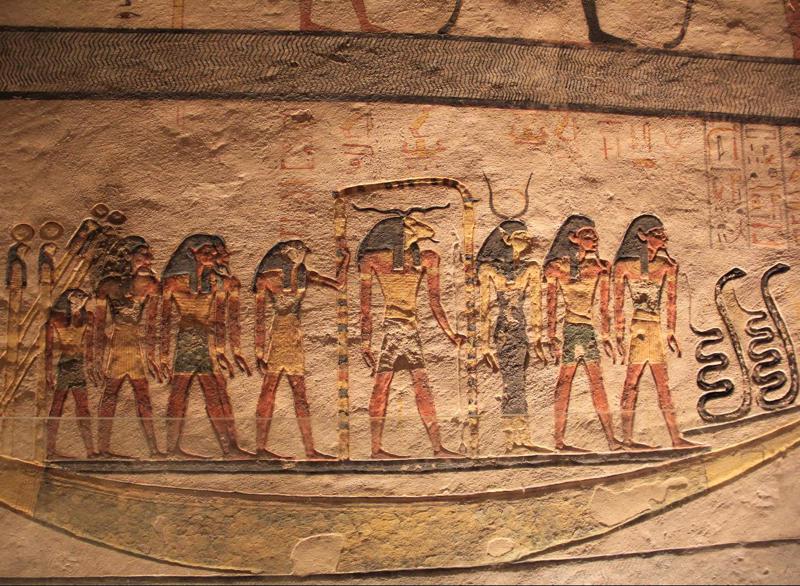
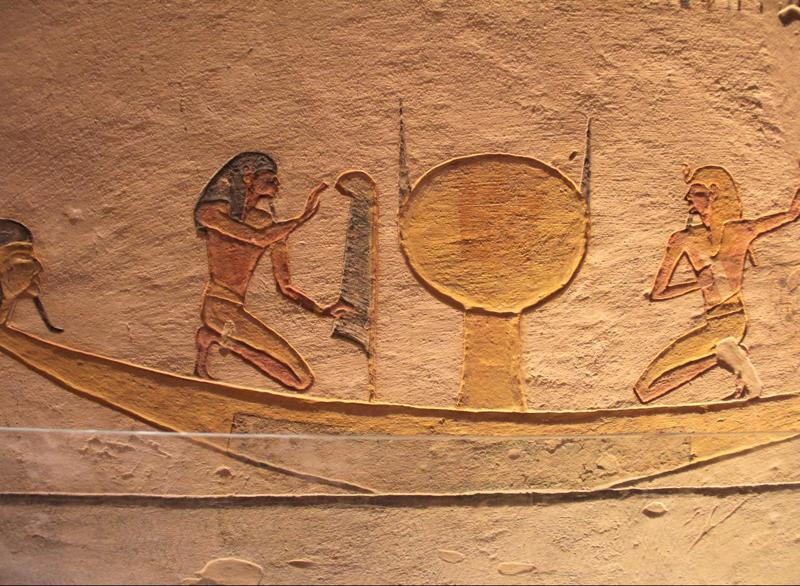
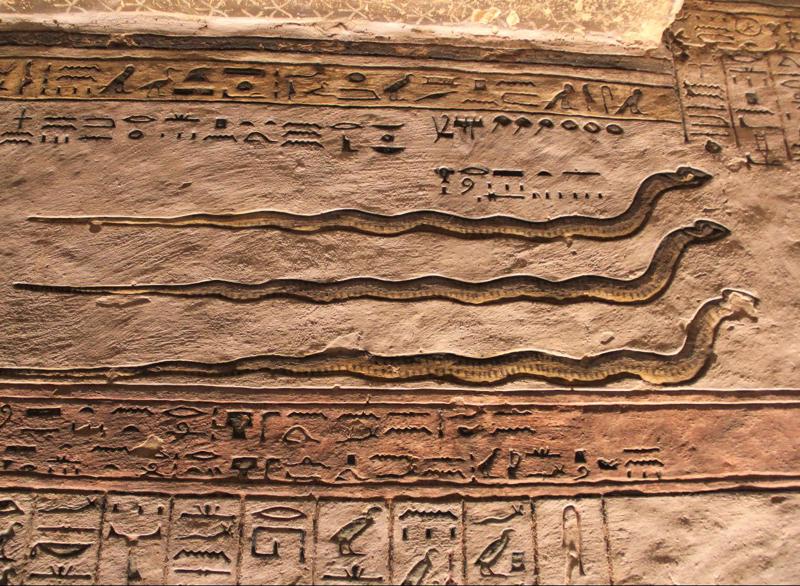

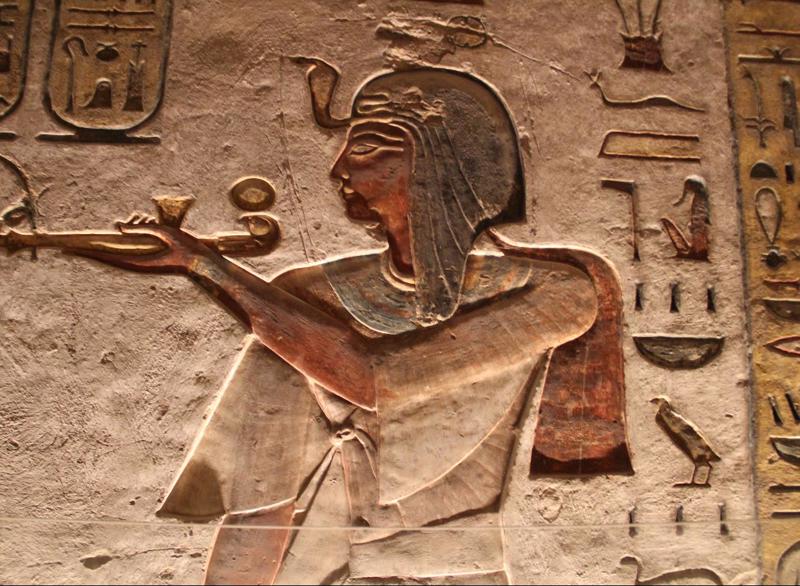
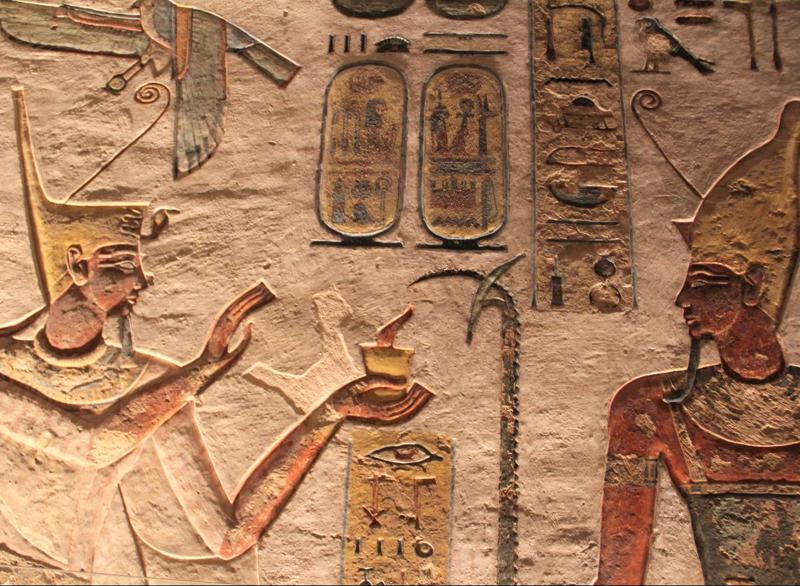
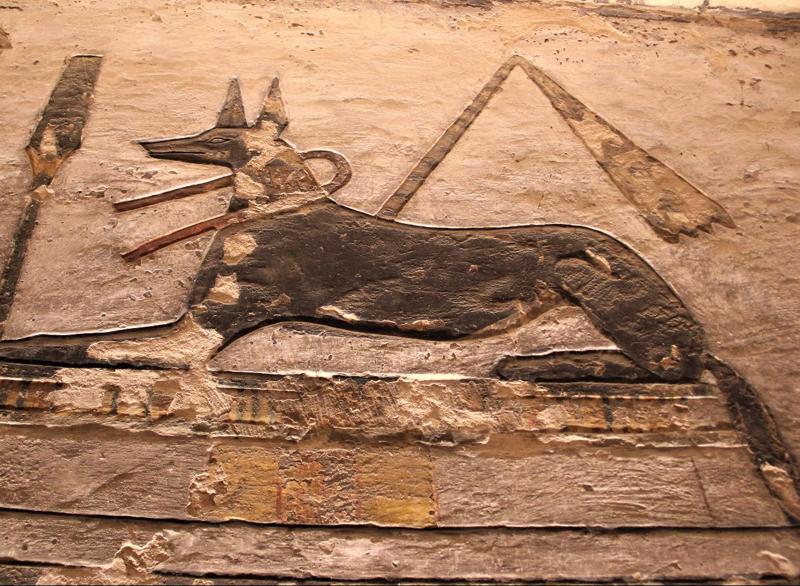
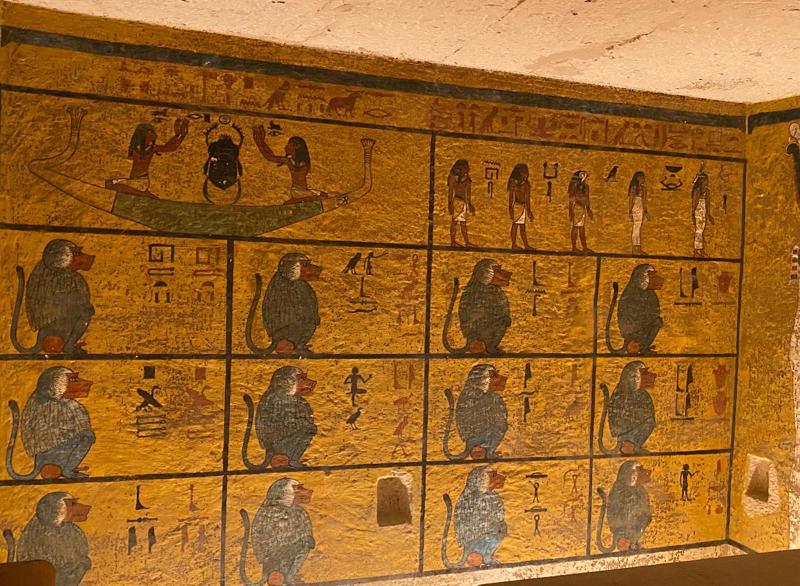
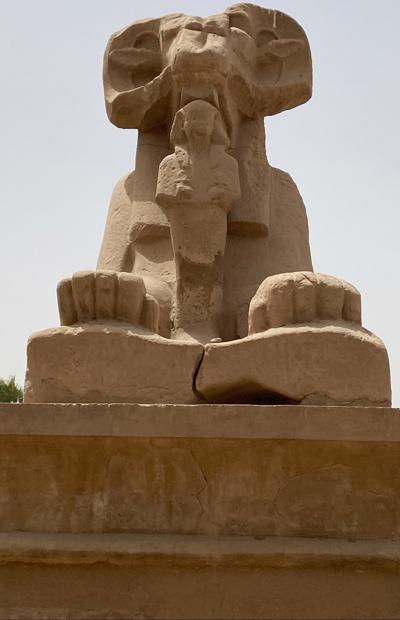


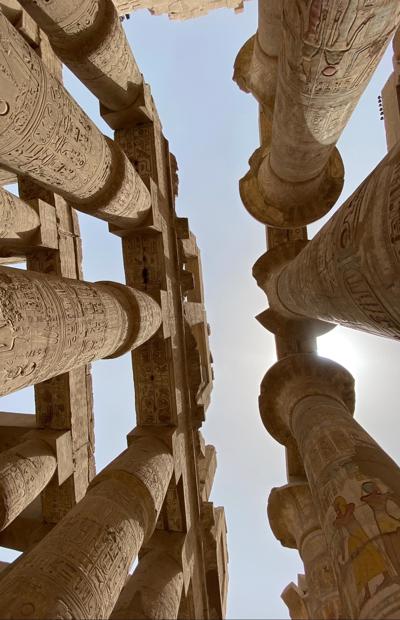
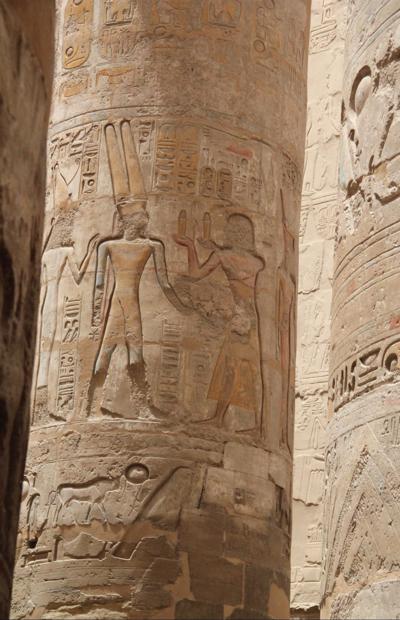


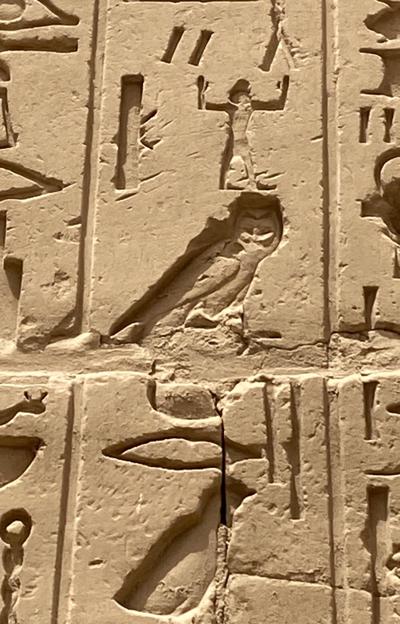
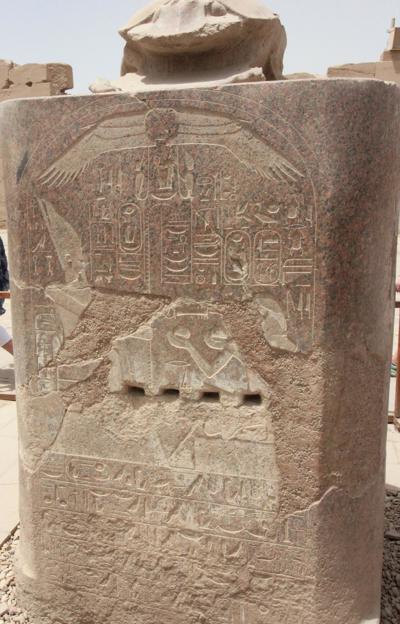
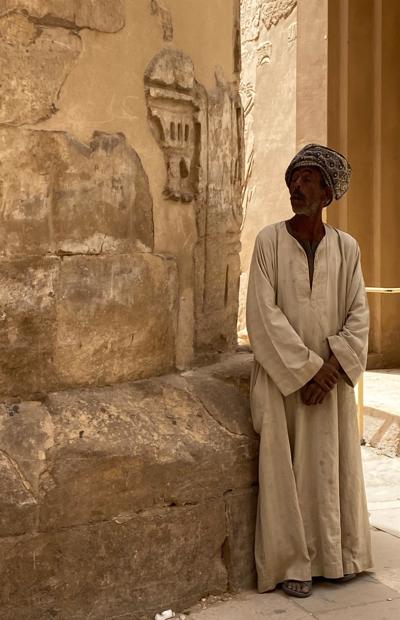

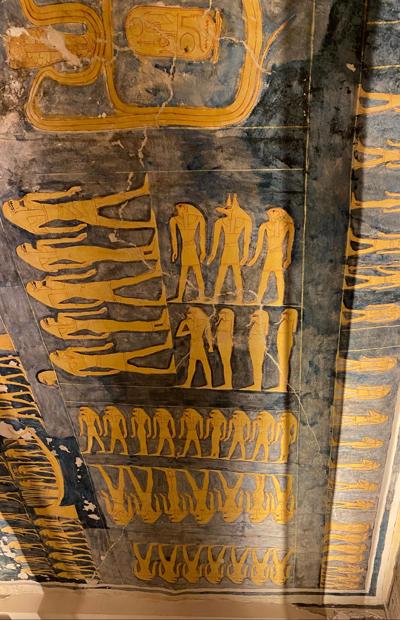
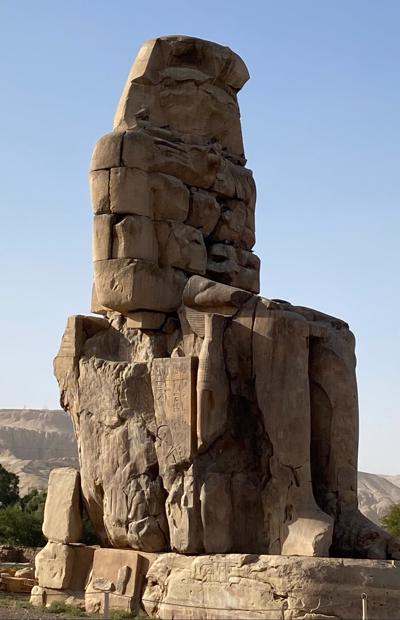

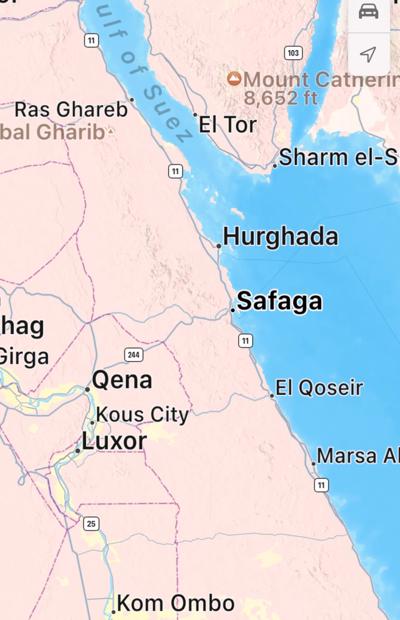
1.
Getting Ready!
2.
Getting Packed
3.
Bon Voyage
4.
Cruising-101 - Our First Sea Day
5.
Historic Cozumel
6.
Sea Day x 2
7.
South America
8.
Panama Canal Day 1
9.
Panama Canal Day 2
10.
Sea Day
11.
New Year’s Eve 2022
12.
New Year's Day 2023 +++
13.
Baja California
14.
Italian Wine & the City of Angels
15.
6 Sea Days From LA to Honolulu
16.
Aloha Hawaii!
17.
Crossing the Equator
18.
French Polynesia
19.
Crossing the International Date Line
20.
North Island - Auckland
21.
North Island - Tauranga & Napier & Wellington - Waitangi Day Weekend
22.
South Island - Doubtful & Milford Sounds
23.
Tasmania, Australia
24.
Victoria, Australia
25.
New South Wales, Australia
26.
Queensland, Australia
27.
Behind the Scenes
28.
Komodo National Park
29.
Bali, Indonesia
30.
Happy Anniversary
31.
Java, Indonesia
32.
Vietnam
33.
Thailand Part 1
34.
Singapore
35.
Malaysia
36.
Thailand Part 2
37.
Sri Lanka
38.
India Part 1
39.
India Part 2
40.
Saudi Arabia
41.
Jordan
42.
Egypt
43.
Suez Canal
44.
Israel
45.
Turkey
46.
Greece
47.
Italy
48.
Monaco
49.
Spain
50.
Portugal
51.
France
52.
England
53.
Heading Home
Share your travel adventures like this!
Create your own travel blog in one step
Share with friends and family to follow your journey
Easy set up, no technical knowledge needed and unlimited storage!
© 2025 Travel Diaries. All rights reserved.